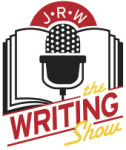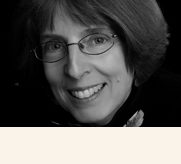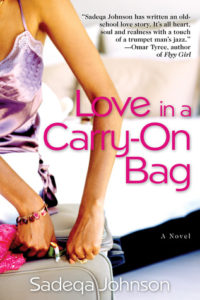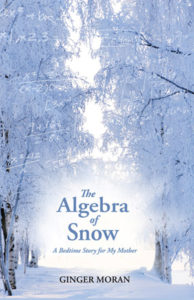 This week’s Writing Show, “Editing for Emotional Impact,” presented by James River Writers, was like a cornucopia of craft tips, everything overflowing, spilling out, and the crowd eagerly eating it all up. I had a great time. Here are my favorite take-aways from the evening:
This week’s Writing Show, “Editing for Emotional Impact,” presented by James River Writers, was like a cornucopia of craft tips, everything overflowing, spilling out, and the crowd eagerly eating it all up. I had a great time. Here are my favorite take-aways from the evening:
Sadeqa Johnson urged us to listen to our characters. Really listen. Be open to what they have to say. While writing a scene, she’ll pause to ask a character, “What’s up?” Time and again she finds herself surprised by her characters’ answers. She tries to figure out what makes each one feel vulnerable.
Anne Blankman stressed the value of understanding what the protagonist wants, then taking that thing away, or at the very least, threatening its safety. She told us to think of a novel like an amusement park ride; readers have bought tickets and will feel cheated if the ride doesn’t carry them up and down and make their hearts pound.
Ginger Moran reminded us that every story contains an element of mystery: there are details the reader doesn’t know and is curious to discover. Sure, yes, of course the author needs to figure out the backstory, but the place to begin is where the heart starts beating. She said, “Keep asking if you’ve gotten to the bone. Does the story hurt yet?” The hurting places—the vulnerable spots—are where readers connect.

Moderator Robin Farmer had clearly anticipated that the discussion might drift in an angst-ridden direction, and came prepared with a challenge from novelist Carrie Brown, whose article “The Difficult Art of Happiness” you can read at Glimmer Train. Robin asked the panelists how to ensure that stories include some degree of happiness, that characters exhibit a variety of emotions, not just tough ones. From that question came the suggestion to step back from a manuscript and color-code pages with markers or sticky-notes to glimpse whether you’ve written one shade of emotion or a rainbow.
The panelists and a member of the audience offered these titles for digging deeper into craft:
The Weekend Novelist Rewrites the Novel by Robert Ray,
The Art of the Personal Essay by Phillip Lopate, and
5 Editors Tackle the 12 Fatal Flaws of Fiction Writing by Lakin, et al.
I was glad I’d brought paper and pen. From behind me in the packed Firehouse Theatre came the soft sounds of someone at a keyboard. I wasn’t the only one taking notes.
This panel was James River Writers at its best. A gold mine. Now I’m headed back to my own mine, and it’s not gold—it’s more like a trench—but there’s a manuscript down there, yearning for me to lift it up and out and into the sunlight.




Hey Anne,
love this summary! Great job. I’ll print it for myself and I’ve shared it with several writing friends.
Thanks, Lenore! It was great to see you there.
Thanks for the notes, Anne. I’d like to have been there but was out of town. (And thanks to Lenore for sharing on FB.)
Sorry to miss you, Jean, but I have to say — it was so crowded we might have missed each other, anyway. They had to drag extra chairs from the bar area into the theater space because all the seats were taken. Great topic. Great energy.
Anne! Lovely recap.
Robin! You were The. Best. Moderator!